I’m sorry, White folks land wants to claim each and every awesome thing about Blackness and turn it into a consumable item attributed to THEIR brilliance. But when it comes to amazing hairstyles Black girls just cannot be denied. If you had eyeballs during the late 70’s- 80’s and was anywhere near an urban neighborhood than I”m sure you feasted your eyes upon BEAUTIFUL BROWN GIRLS ROCKING BEADS ON BRAIDS.
I was so jealous as a little girl! I would see the neighborhood girls freshly “did” hair shining from Dax or Sulfer 8 pomade with rows and rows of intricately twined braids and feel a pang of envy.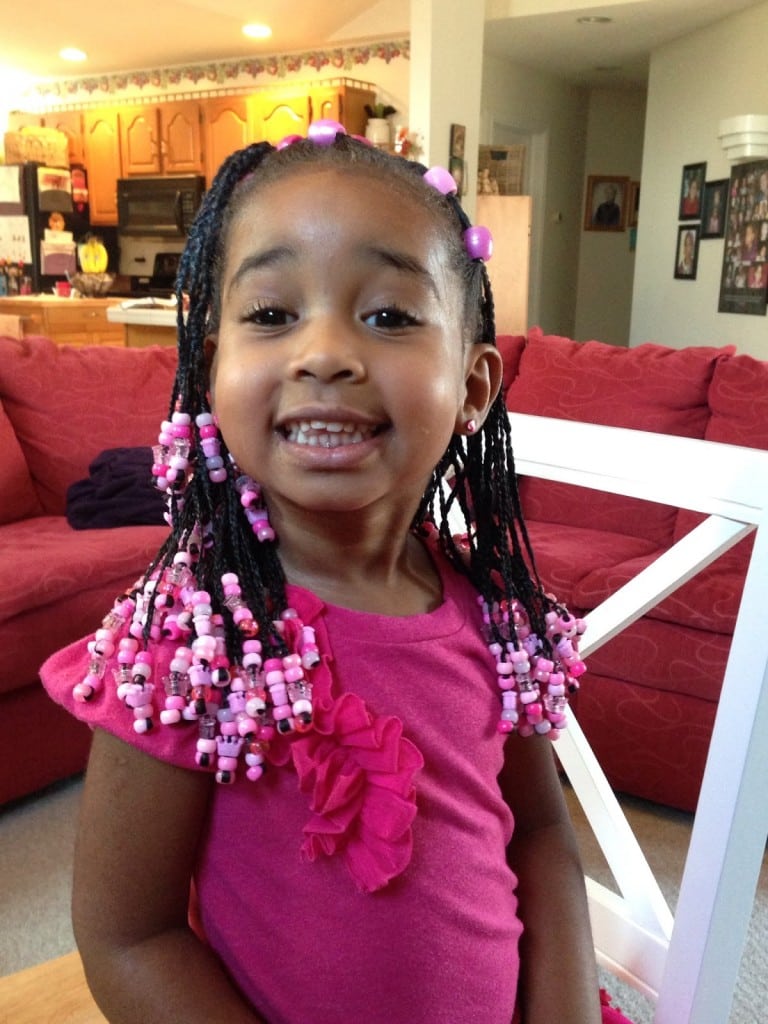
I wasn’t so much interested in the braids (because I knew corn rows hurt and I hated sitting still to have my hair done anyway) but I would have given my most prized possession (a book, surely) to have had the chance to have my hair braided and beaded like the little girls I would see playing outside.
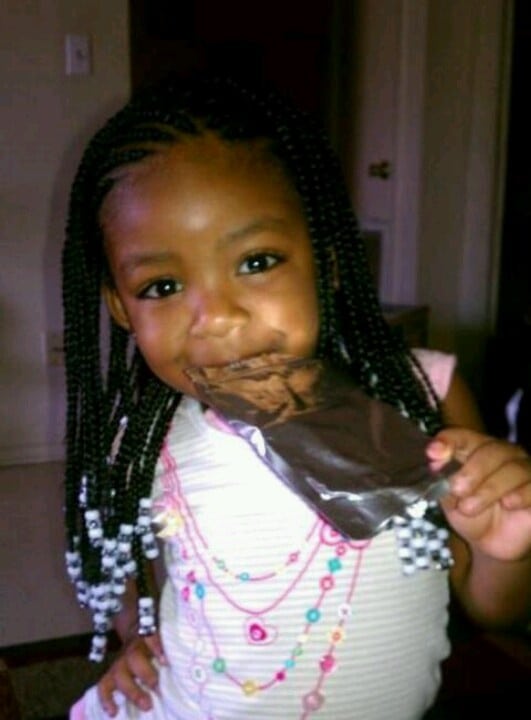
I, too, wanted to know the glory of turning my head and having the occasion punctuated by the ‘ching-ching-ching’ noise of beads knocking against one another.
I, too, wanted to have hair that separated and swung with translucent colors with tiny bits of tin foil on the edge of each teeny weeny braid.
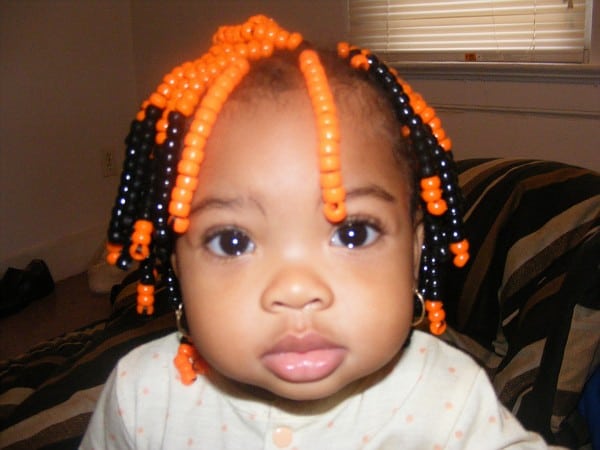
Alas, Arlene was not about that life. She could only do loose twisted braids and that was fine for my abundance of hair. She spent no more than 10 minutes on my head each morning before sending me off to school.
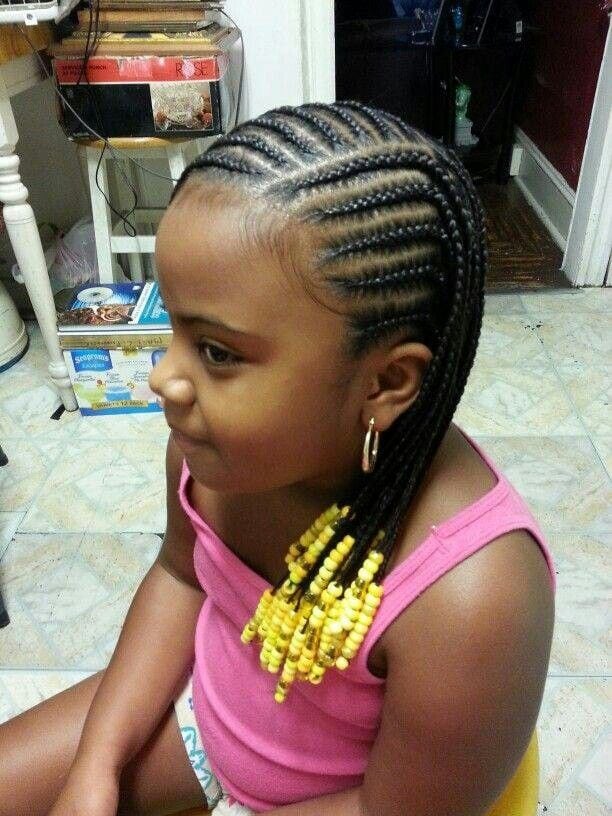
Though my neighbors wore such hairstyles, my request to ask if they could do my hair in a braid with beads stylewas met with a resounding, ‘No’, because other people ‘playing’ in your hair will make your hair ‘go-bad’ or some other such old negro wives tale. I wasn’t satisfied but was powerless when it came to obtaining a head full of history and culture.
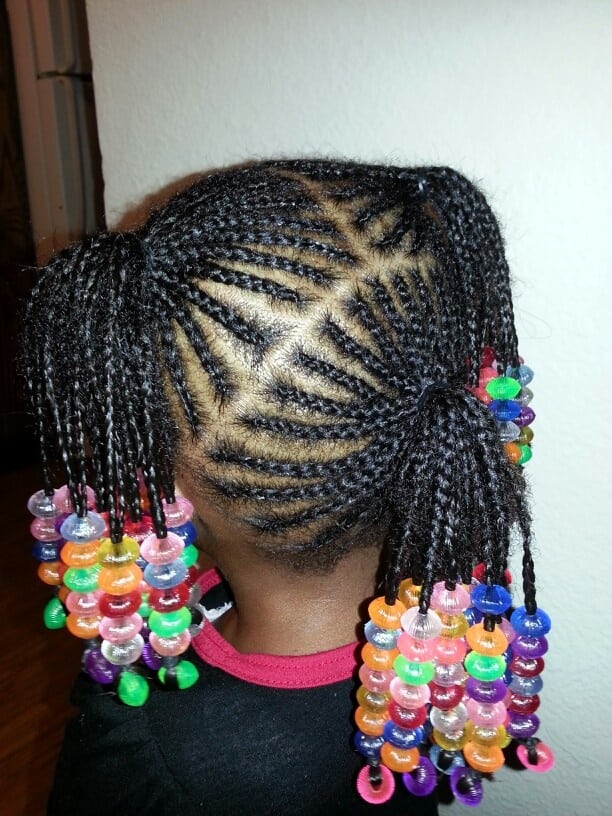
The style became popular on adults during the 80’s, and let’s not pretend that we could ignore Bo Derek and White America’s insistence that THEY created and popularized the braid with beads look, but I was over the trend by the time I could pay and commit my own time and money into braids and beads.
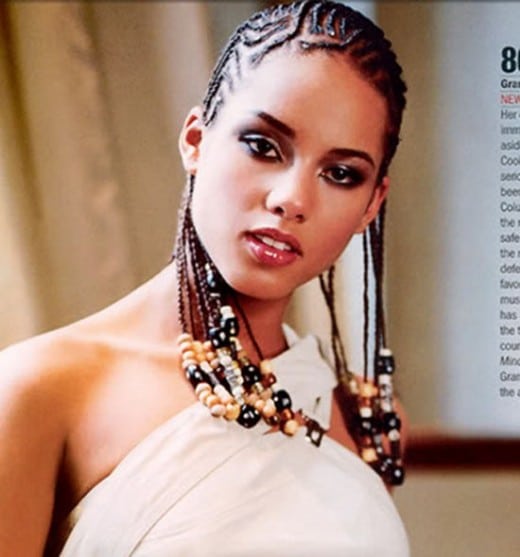
Childhood was many moons ago but I can’t help to reminisce of the style’s that my parents just flat out refused to participate in. I may not have had the chance to pick out my packs of color coordinated beads and dedicate several hours to sitting still but I can appreciate the beauty of this hairstyle taken directly from our African sisters across the continent.
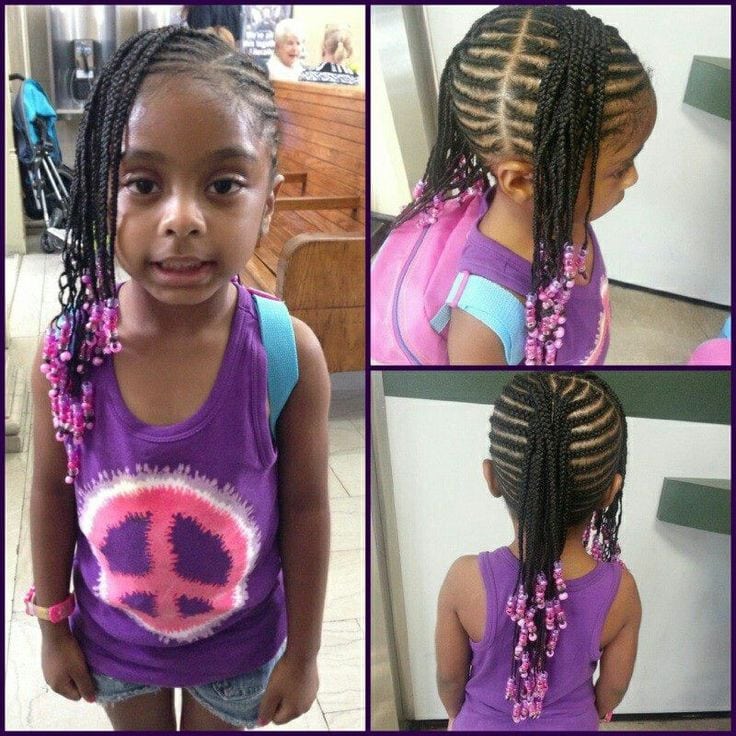
When you braid your child’s hair, you are participating in a social activity that spans back to the earliest days of society. When you braid hair, or get your own hair braided, you are showing love and passing on a little bit of our shared history.
Embellishments worn in the hair originated in Egypt; hairstyles often displayed a person’s class, marriage status, age and wealth. The more intricate the hair, the higher up the social ladder you live, think who has time to sit and do all dat dam braiding besides a person of means? Makes sense, right?
Braids are thought to have originated in East Africa, the oldest evidence of braids are a stone carving featuring a woman with braided hair found near the Nile river.
Certain tribes believe that loose hair should only be worn during mourning and that un-braided hair is seen to be in poor taste. Could this be where AA got the belief that all hair should be ‘done’ and not simply clean and growing from one’s scalp? Could be.
Braiding is a social activity that bonds older women to young children as elder braids hair using techniques that took time to master and styles that have been passed down from generation to generation.
Many of the braid patterns used in braid styles have roots (!) spanning back across the continent to specific tribes.
Braiding is considered an act of fashion, history, and as a gesture of care given from one person to another.